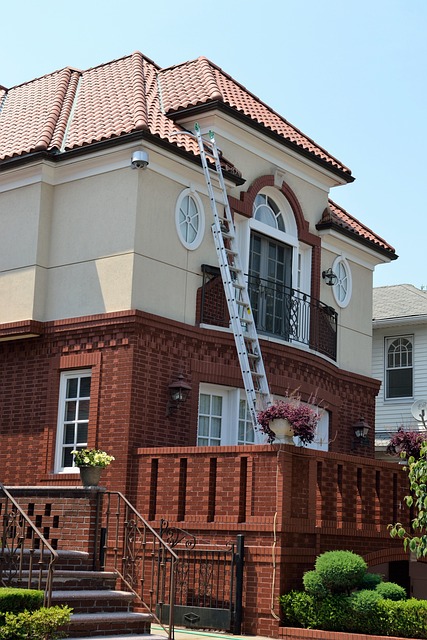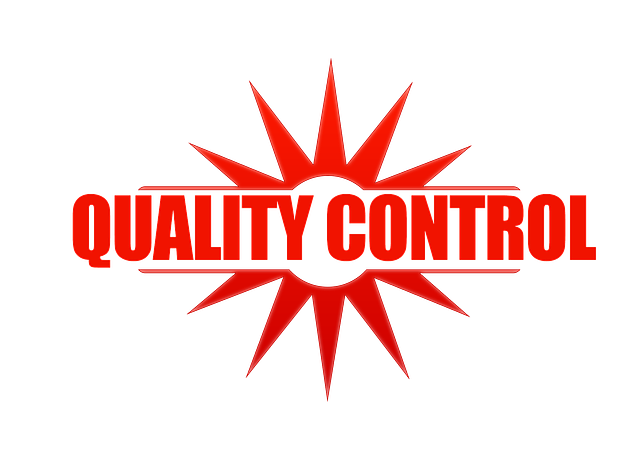A thorough property inspection is crucial before finalizing any real estate purchase, offering a detailed assessment of structural integrity, systems, exterior features, and historical repair data (real estate). This process helps buyers identify potential issues, avoid surprises, and make informed decisions, ensuring a satisfying long-term investment. Key elements to focus on include structural integrity, construction quality, system functionality (plumbing, electrical, HVAC), safety features, and exterior condition.
Before committing to a final purchase, conduct a thorough pre-inspection and due diligence routine to ensure a sound real estate decision. Start with a meticulous thorough property inspection, delving into every detail from structural integrity to potential red flags. Explore legal and financial aspects diligently, scrutinizing contracts and comprehending local regulations. Research the neighborhood and market trends to gauge the area’s desirability and the property’s potential value trajectory. This comprehensive approach empowers buyers to navigate the real estate landscape with confidence.
Thorough Property Inspection

Before making a final purchase commitment, a thorough property inspection is an indispensable step in the real estate process. It involves a meticulous examination of every aspect of the property, from its structural integrity to its aesthetic appeal and functional systems. This comprehensive evaluation helps future homeowners or investors identify potential issues that may not be immediately apparent.
During the inspection, qualified professionals delve into the property’s history, assess the condition of essential components like roofing, plumbing, electrical systems, and heating/cooling units, and examine signs of wear and tear. They also evaluate exterior features, landscaping, and any available data on previous repairs or renovations. Such a detailed inspection provides valuable insights, ensuring buyers make informed decisions, avoiding costly surprises post-purchase, and setting the stage for a satisfying long-term investment in real estate.
– The importance of a comprehensive on-site evaluation

Before making a final purchase commitment in real estate, conducting a thorough on-site evaluation is paramount. This step serves as a critical foundation for informed decision-making, offering a detailed understanding of the property’s current state, potential issues, and underlying value. During this process, professionals and buyers alike meticulously inspect every aspect, from structural integrity to neighborhood dynamics, ensuring that the investment aligns with expectations.
An on-site evaluation provides invaluable insights that can’t be replicated through online listings or preliminary assessments. It allows for a closer look at factors like proximity to essential amenities, local infrastructure, and environmental considerations—all of which significantly impact the property’s desirability and long-term value. By taking the time for this comprehensive inspection, individuals are empowered to avoid costly mistakes and make sound choices in their real estate transactions.
– What to look for during the inspection process

When conducting an inspection on a potential real estate purchase, there are several key elements to consider. Start by examining the structural integrity of the property, looking for any signs of damage, water leakage, or poor maintenance that might indicate deeper issues. Pay close attention to the quality of construction, from the foundation and framing to the roof and windows, as these can significantly impact the long-term value and safety of your investment.
Additionally, assess the functionality of all essential systems: plumbing, electrical wiring, HVAC (heating, ventilation, and air conditioning), and appliances. Check for up-to-date safety features like smoke detectors and carbon monoxide alarms. Also, consider the overall condition of the property’s exterior, including landscaping, driveways, and any structural elements exposed to the elements, such as siding or fencing. These details can provide valuable insights into the property’s current state and potential future costs for repairs or replacements.






